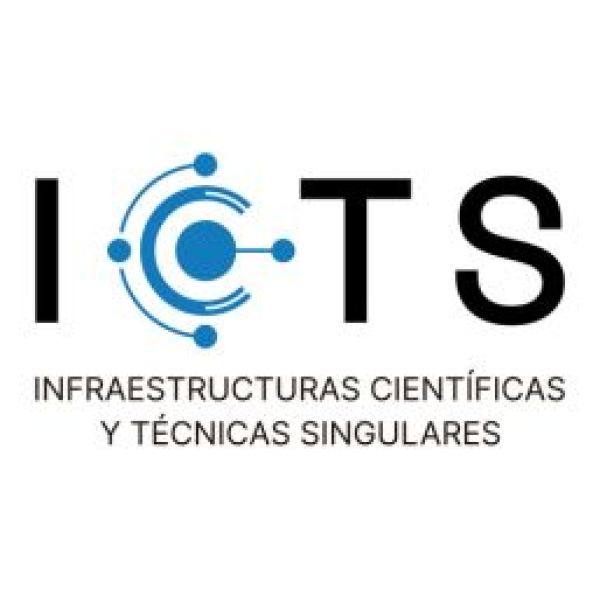
• The Centro Nacional de Análisis Genómico (CNAG) has led a study, to identify the immune cell subtypes present in lymphoid and non-lymphoid organs and to describe the specific expression patterns that allow these cells to develop different functions within host organs.
• The research, recently published in the journal Scientific Data, is the result of the analysis performed at CNAG of more than 100,000 immune cells from 14 organs of healthy donors, data provided by the international Consortium Human Cell Atlas.
April 16th, 2024. The human body has approximately 1.8 million immune cells, most of which are situated in lymphoid organs, from where they travel to the rest of our body through the bloodstream to fight infections and diseases. So far, our understanding of immune cells mainly comes from studies in blood and recent research efforts in lymphoid organs such as the tonsils, but little is still known about the immune cells that reside directly in other organs, such as the heart or the kidney. What type of immune cells are hosted in these organs and what role they play in these microenvironments are the questions that the new study led by the Centro Nacional de Análisis Genómico (CNAG) seeks to answer. The research, recently published in the journal Scientific Data, sheds light into the immune profile of organs based on an analysis of over 114,274 immune cells from 14 organs of healthy adult donors, both men and women.
In addition to lymphoid organs such as thymus, bone marrow, or spleen, the research examines organs and tissues such as prostate gland, eye, heart, skeletal muscle, blood, liver, brain, kidney, colon, esophagus, and lung. The outcome is a new immune cell meta-atlas using single-cell expression data from multiple organs, provided by 12 publicly available projects from the Human Cell Atlas Consortium. The analysis performed by the Biomedical Genomics Group at CNAG goes beyond annotating rare subpopulations. The study’s novel transcriptomic approach helps to understand which genes are active and at what level they are being expressed, with the objective to explore their potential functions beyond their defensive capabilities.
According to Ivo Gut (PhD), director of CNAG and last author of the study: “It is important to understand what immune cells are doing inside a host organ. Their primary function is to protect the host organ from an insult. What is interesting is that immune cells use some of the biochemistry of the host organ, quite likely, in order to conserve energy. This allows the immune cells to reside in host organs for more time”.
The immune cells in host organs, adapted to the host environment to contribute to their balance

One of the most relevant contributions of the study is linked to the expression changes that immune cells undergo while residing in host organs and how they use the components of the host organ. The research unveils that the immune cells, such as T-NK, myeloid and B cells, play a dual role in different organs: defending the organs and maintaining their immune homeostasis. Besides being the guardians of the immune system, located directly in the organs to ensure their protection, these immune cells go through local adaptation to maintain the balance of the organ and facilitate its repair.
The capacity of immune cells to detect and react to environmental changes in various organs underscores the significance of comprehending the interaction between immune cells and host organs in both health and disease contexts. Moreover, the study highlights organ-specific gene expression differences, such as GTPX3 in kidney and DNTT and ACVR2B in thymus.
The most remarkable finding of this meta-atlas analysis demonstrated the implication of the NFkB pathway in cellular positioning since was deregulated in several organs and immune compartments.
In the research, Sonal Rashmi and Sergio Aguilar, PhD Students at CNAG, contributed to the analytics process, and Juan Nieto (PhD and immunologist from the Single Cell Group at CNAG) assisted with the annotation of immune cells. The scripts for the analysis are available on Github and under the DOI of Zenodo. The study paves the way for further related research, allowing for the inclusion of an expanded repertoire of organs and the behavior of immune cells in patients with infections and diseases such as cancer.
“Our study offers valuable insights into the field of immunology through the meaningful integration of publicly available single-cell RNA data highlighting the significance of FAIR principles (findable, accessible, interoperable, and reusable). Moreover, our meta-atlas is available to the scientific community for further exploration”, explains Maria Tsagiopoulou (PhD), Postdoctoral Fellow at CNAG and first author of the study.
PHOTO
The authors of the study (from right to left) are Ivo Gut (Director of CNAG), Maria Tsagiopoulou (PhD student at CNAG), Sonal Rashmi (PhD student at CNAG), and Juan Nieto (PhD and immunologist at Single Cell Genomics Group at CNAG).
REFERENCE ARTICLE
Tsagiopoulou, Maria, et al. ‘Multi-Organ Single-Cell Transcriptomics of Immune Cells Uncovered Organ-Specific Gene Expression and Functions’. Scientific Data, vol. 11, no. 1, Mar. 2024, p. 316. Nature Journals, https://doi.org/10.1038/s41597-024-03152-z.
FUNDINGS
This research has received funding from the European Union’s Horizon 2020 research and innovation programme through the ERC Synergy project BCLL@atlas under grant agreement Nº810287 (IGG). Maria Tsagioupolou is grantee of the Spanish Institute de Salud Carlos III, with “Sello de Excelencia ISCIII-HEALTH”, Plan de Recuperación, Transformación y Resiliencia, with code number IHMC22/00027 and funded by the European Union – NextGenerationEU.











